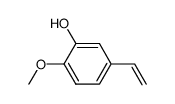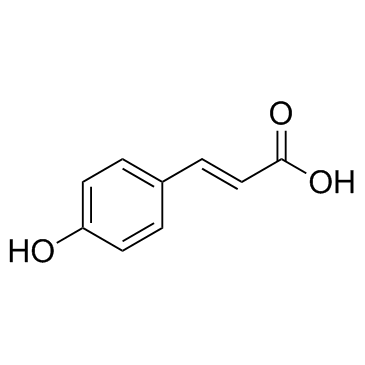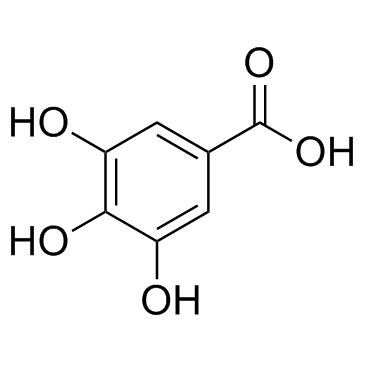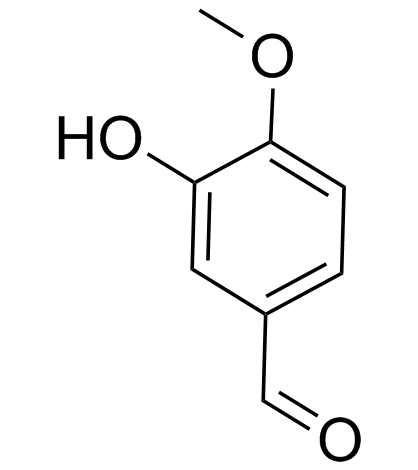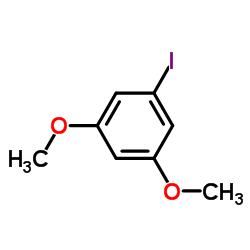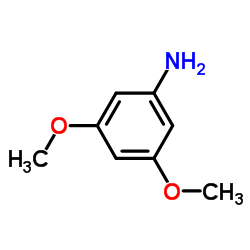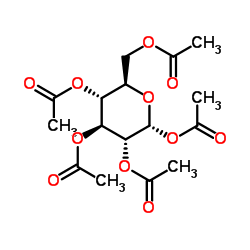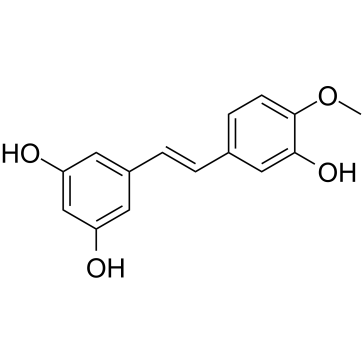155-58-8
| Name | rhapontin |
|---|---|
| Synonyms |
EINECS 205-845-0
3-Hydroxy-5-[2-(3-hydroxy-4-melhoxyphenyl)ethenyl]phenyl b-D-Glucopyranoside 3-hydroxy-5-[(E)-2-(3-hydroxy-4-methoxyphenyl)ethenyl]phenyl β-D-glucopyranoside Rhapontin Rhaponticin Rhaponiticin RHAPONTIN,TECH. β-D-Glucopyranoside, 3-hydroxy-5-(2-(3-hydroxy-4-methoxyphenyl)ethenyl)phenyl (9CI) 3-Hydroxy-5-[(E)-2-(3-hydroxy-4-methoxyphenyl)vinyl]phenyl-β-D-glucopyranoside (2S,3R,4S,5S,6R)-2-{3-Hydroxy-5-[(E)-2-(3-hydroxy-4-methoxyphenyl)vinyl]phenoxy}-6-(hydroxymethyl)tetrahydro-2H-pyran-3,4,5-triol 3-Hydroxy-5-[(E)-2-(3-hydroxy-4-methoxyphenyl)vinyl]phenyl β-D-glucopyranoside 4'-Methoxy-3,3',5-stilbenetriol 3-Glucoside β-D-Glucopyranoside de 3-hydroxy-5-[(E)-2-(3-hydroxy-4-méthoxyphényl)éthènyl]phényle trans-Rhapontin MFCD00010117 β-D-Glucopyranoside, 3-hydroxy-5-[2- (3-hydroxy-4-methoxyphenyl)ethenyl]phenyl (2S,3R,4S,5S,6R)-2-{3-Hydroxy-5-[(E)-2-(3-hydroxy-4-méthoxyphényl)éthènyl]phénoxy}-6-(hydroxyméthyl)tétrahydro-2H-pyran-3,4,5-triol β-D-Glucopyranoside, 3-hydroxy-5-[(E)-2-(3-hydroxy-4-methoxyphenyl)ethenyl]phenyl RHAMNOSE,L-(+)-(P) β-D-Glucopyranoside, 3-hydroxy-5-[2-(3-hydroxy-4-methoxyphenyl)ethenyl]phenyl 3-hydroxy-5-[(E)-2-(3-hydroxy-4-methoxyphenyl)vinyl]phenyl β-glucopyranoside Ponticin |
| Description | Rhapontin (Rhaponiticin), a component of rhubarb (Rheum officinale Baillon), induces apoptosis resulting in suppression of proliferation of human stomach cancer KATO III cells[1]. |
|---|---|
| Related Catalog | |
| References |
| Density | 1.5±0.1 g/cm3 |
|---|---|
| Boiling Point | 749.3±60.0 °C at 760 mmHg |
| Melting Point | 236-240ºC |
| Molecular Formula | C21H24O9 |
| Molecular Weight | 420.410 |
| Flash Point | 406.9±32.9 °C |
| Exact Mass | 420.142029 |
| PSA | 149.07000 |
| LogP | 0.68 |
| Vapour Pressure | 0.0±2.6 mmHg at 25°C |
| Index of Refraction | 1.711 |
Synonym: 4'Methoxy-3,3',5-stilbenetriol-3-glucoside SECTION 2 - COMPOSITION, INFORMATION ON INGREDIENTS
Risk Phrases: None Listed. SECTION 3 - HAZARDS IDENTIFICATION EMERGENCY OVERVIEW The toxicological properties of this material have not been fully investigated. Potential Health Effects Eye: May cause eye irritation. Skin: May cause skin irritation.
Ingestion: May cause irritation of the digestive tract. The toxicological properties of this substance have not been fully investigated. Inhalation: May cause respiratory tract irritation. The toxicological properties of this substance have not been fully investigated. Chronic: None SECTION 4 - FIRST AID MEASURES Eyes: Flush eyes with plenty of water for at least 15 minutes, occasionally lifting the upper and lower eyelids. Get medical aid. Skin: Get medical aid if irritation develops or persists. Flush skin with plenty of soap and water. Ingestion: If victim is conscious and alert, give 2-4 cupfuls of milk or water. Never give anything by mouth to an unconscious person. Get medical aid. Inhalation: Remove from exposure and move to fresh air immediately. Get medical aid if cough or other symptoms appear. Notes to Physician: SECTION 5 - FIRE FIGHTING MEASURES General Information: As in any fire, wear a self-contained breathing apparatus in pressure-demand, MSHA/NIOSH (approved or equivalent), and full protective gear. Extinguishing Media: Use water spray, dry chemical, carbon dioxide, or chemical foam. SECTION 6 - ACCIDENTAL RELEASE MEASURES General Information: Use proper personal protective equipment as indicated in Section 8. Spills/Leaks: Sweep up or absorb material, then place into a suitable clean, dry, closed container for disposal. Avoid generating dusty conditions. SECTION 7 - HANDLING and STORAGE Handling: Wash thoroughly after handling. Use with adequate ventilation. Minimize dust generation and accumulation. Avoid contact with eyes, skin, and clothing. Keep container tightly closed. Avoid ingestion and inhalation. Storage: Store in a tightly closed container. Store in a cool, dry, well-ventilated area away from incompatible substances. SECTION 8 - EXPOSURE CONTROLS, PERSONAL PROTECTION Engineering Controls: Use adequate ventilation to keep airborne concentrations low. Exposure Limits CAS# 155-58-8: Personal Protective Equipment Eyes: Wear appropriate protective eyeglasses or chemical safety goggles as described by OSHA's eye and face protection regulations in 29 CFR 1910.133 or European Standard EN166. Skin: Wear appropriate protective gloves to prevent skin exposure. Clothing: Wear appropriate protective clothing to prevent skin exposure. Respirators: Follow the OSHA respirator regulations found in 29 CFR 1910.134 or European Standard EN 149. Use a NIOSH/MSHA or European Standard EN 149 approved respirator if exposure limits are exceeded or if irritation or other symptoms are experienced. SECTION 9 - PHYSICAL AND CHEMICAL PROPERTIES Physical State: Solid Color: light yellow Odor: Not available. pH: Not available. Vapor Pressure: Not available. Viscosity: Not available. Boiling Point: Not available. Freezing/Melting Point: 236-238 deg C dec Autoignition Temperature: Not available. Flash Point: Not available. Explosion Limits, lower: Not available. Explosion Limits, upper: Not available. Decomposition Temperature: Solubility in water: Specific Gravity/Density: Molecular Formula: C21H24O9 Molecular Weight: 420.42 SECTION 10 - STABILITY AND REACTIVITY Chemical Stability: Stable under normal temperatures and pressures. Conditions to Avoid: Incompatible materials. Incompatibilities with Other Materials: Strong oxidizing agents. Hazardous Decomposition Products: Carbon monoxide, carbon dioxide. Hazardous Polymerization: Will not occur. SECTION 11 - TOXICOLOGICAL INFORMATION RTECS#: CAS# 155-58-8 unlisted. LD50/LC50: Not available. Carcinogenicity: Rhapontin - Not listed by ACGIH, IARC, or NTP. SECTION 12 - ECOLOGICAL INFORMATION SECTION 13 - DISPOSAL CONSIDERATIONS Dispose of in a manner consistent with federal, state, and local regulations. SECTION 14 - TRANSPORT INFORMATION IATA Not regulated as a hazardous material. IMO Not regulated as a hazardous material. RID/ADR Not regulated as a hazardous material. SECTION 15 - REGULATORY INFORMATION European/International Regulations European Labeling in Accordance with EC Directives Hazard Symbols: Not available. Risk Phrases: Safety Phrases: S 24/25 Avoid contact with skin and eyes. WGK (Water Danger/Protection) CAS# 155-58-8: No information available. Canada None of the chemicals in this product are listed on the DSL/NDSL list. CAS# 155-58-8 is not listed on Canada's Ingredient Disclosure List. US FEDERAL TSCA CAS# 155-58-8 is not listed on the TSCA inventory. It is for research and development use only. SECTION 16 - ADDITIONAL INFORMATION MSDS Creation Date: 9/02/1997 Revision #2 Date: 3/18/2003 The information above is believed to be accurate and represents the best information currently available to us. However, we make no warranty of merchantability or any other warranty, express or implied, with respect to such information, and we assume no liability resulting from its use. Users should make their own investigations to determine the suitability of the information for their particular purposes. In no way shall the company be liable for any claims, losses, or damages of any third party or for lost profits or any special, indirect, incidental, consequential or exemplary damages, howsoever arising, even if the company has been advised of the possibility of such damages. SECTION 16 - ADDITIONAL INFORMATION N/A |
| Hazard Codes | Xi |
|---|---|
| Risk Phrases | 36/38 |
| Safety Phrases | 24/25 |
| RIDADR | NONH for all modes of transport |
| WGK Germany | 3 |
| HS Code | 29389090 |
|
~80% 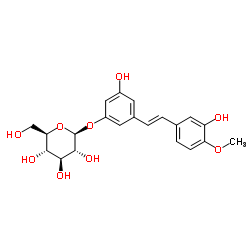
155-58-8 |
| Literature: Csuk, Rene; Albert, Sabrina Zeitschrift fur Naturforschung - Section B Journal of Chemical Sciences, 2011 , vol. 66, # 3 p. 311 - 316 |
|
~% 
155-58-8 |
| Literature: Chemical and Pharmaceutical Bulletin, , vol. 32, # 9 p. 3501 - 3517 |
|
~% 
155-58-8 |
| Literature: Kashiwada, Yoshiki; Nonaka, Gen-ichiro; Nishioka, Itsuo Chemical and Pharmaceutical Bulletin, 1984 , vol. 32, # 9 p. 3501 - 3517 |
|
~% 
155-58-8 |
| Literature: Agricultural and Biological Chemistry, , vol. 53, # 10 p. 2827 - 2829 |
|
~% 
155-58-8 |
| Literature: Kashiwada, Yoshiki; Nonaka, Gen-ichiro; Nishioka, Itsuo Chemical and Pharmaceutical Bulletin, 1984 , vol. 32, # 9 p. 3501 - 3517 |
|
~% 
155-58-8 |
| Literature: Zeitschrift fur Naturforschung - Section B Journal of Chemical Sciences, , vol. 66, # 3 p. 311 - 316 |
|
~% 
155-58-8 |
| Literature: Zeitschrift fur Naturforschung - Section B Journal of Chemical Sciences, , vol. 66, # 3 p. 311 - 316 |
|
~% 
155-58-8 |
| Literature: Zeitschrift fur Naturforschung - Section B Journal of Chemical Sciences, , vol. 66, # 3 p. 311 - 316 |
|
~% 
155-58-8 |
| Literature: Zeitschrift fur Naturforschung - Section B Journal of Chemical Sciences, , vol. 66, # 3 p. 311 - 316 |
| Precursor 5 | |
|---|---|
| DownStream 1 | |
